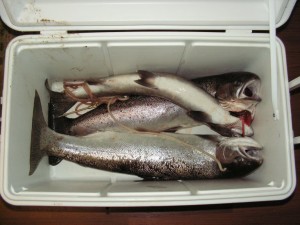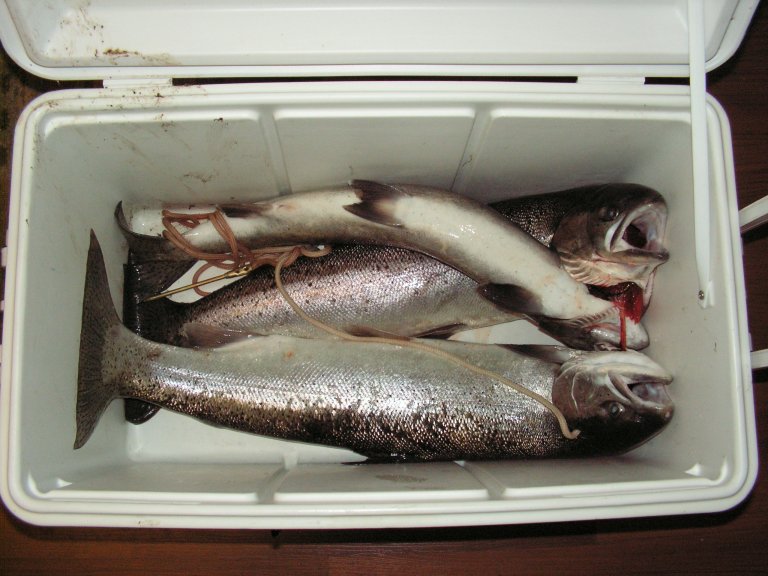 As a serious student of soil fertility and vitality and an all-things-organic gardener, I have had an ongoing love affair with everything ‘ocean’ in the garden.
As a serious student of soil fertility and vitality and an all-things-organic gardener, I have had an ongoing love affair with everything ‘ocean’ in the garden.
The cold-pressed fish, seaweed and ocean mineral emulsions are simply top performers. Whether as foliar sprays, spot feeders or all around pick-me-ups, they provide a great service to the vegetable patch. However, there is a deeper, more sustaining and sustainable way to employ fish in the garden.
As a child I learned the approach I’m about to share on return from ocean-side fishing adventures at my grandfather’s worm pit, tucked in the edge of the woods at the back of the house a few steps from the back kitchen door.
The worm pit consisted of a bottomless pit of cement blocks dug into the ground approximately six feet deep. Occupying a roughly four by eight feet area, the pit had a hardware cloth roof framed in with 2x4s which rested on the cement blocks at ground level. The frame lid was fastened with hinges on one side and had a metal clasp to fasten it shut on top on the other side to keep critters from getting in.
The fish were cleaned on a clean wood board nearby and the remains not to be eaten were summarily dug into the worm pit.
That soil was used throughout the property.
Today we do not have a worm pit, although I am constantly pestering to have one. Perhaps one of these nice warm weekends I’ll simply begin building one on my own.
However, I have a husband who likes to go fishing and who regularly brings home lovely steelhead from the McKenzie River. We dig the heads, guts, tail and fins into the garden beds at a depth of 18 to 24 inches. Be certain no part of the fish is less than 18 inches below the surface, or the odor can potentially attract pests. At a depth of 18 to 24 inches, the roots of ‘top-side’ plants can easily reach the nutrient dense layer of buried fish trimmings. Even if you have not done this before the garden is planted, we have found it is perfectly acceptable and works equally well to simply bury the fish under the walkways or paths in the garden, as the plants along the walkway on either side will have no trouble finding the goodies buried along their edges.
The garden beds with fish beneath are so prolific as to be astounding. Those without are not lacking, but they do not have the same ‘over the top’ production levels.
Most people are not so fortunate as to have a fisher person as a spouse or family member. If you are not one of the fortunates, perhaps a trip to the local fish market would yield some ‘trimmings’ if properly and politely requested.
However you get them, the parts of the fish not normally consumed at the supper table will do wonders for the vegetable bed.
This turning in of the leavings to the garden is more than just a fertile exchange which provides benefit to us; it is a natural cycle asking to be completed.


